Isfahan Grand Bazaar: Photos, History, Opening Hours
Isfahan, the most picturesque city of Iran, also known as “Half of the World,” embraces an active traditional grand bazaar with countless Persian carpets and rugs to purchase. The vibrant Qeysarie Bazaar, located in the Isfahan Province in the center of Iran, is one of the most outstanding locations to learn about Iranian cultural goods and heritage. The eccentric architecture of the grand bazaar of Isfahan is truly remarkable on its own and is a haven for photographers. Stay with us to find out more about the history, architecture, and goods you could buy in the historical bazaar of Isfahan.
About the Qeysarie Bazaar of Isfahan
Isfahan is known for its tourist attraction sites, from traditional mosques and bazaars to one of the largest city Squares in the world. Visitors often tour Isfahan because it is an ideal location to witness Persian and Islamic architecture and discover the country’s cultural heritage.
Is Isfahan famous for the Grand Bazaar? Numerous renowned landmarks in Isfahan are visited by thousands each year, and Isfahan Grand Bazaar is one of them. The unique Grand Bazaar of Isfahan, also called the Qeysarriyeh Bazaar or the Soltani Bazaar, is the best place to buy Iranian hand-woven rugs and carpets. In addition, if you decide to buy the most colorful rugs with intricate patterns, this is the place for you. Being one of the oldest bazaars in the Middle East, the Bazaar of Isfahan offers the best quality products to its customers. Since the shops belong to hundreds of years ago, the locals produce the highest quality goods through their authentic and traditional methods.
History of the Grand Bazaar of Isfahan
The Grand Bazaar of Isfahan was first built in the 16th century during the Safavid dynasty and is around 500 years old. It was during this period that the historical grand bazaar of Isfahan was constructed and prospered.
Who built the bazaar of Isfahan? The bazaar was built by the order of the former shah of Iran, Shah Abbas the Great. The architect of the Grand Bazaar was Ali Akbar Memar Isfahani. By constructing the bazaar, various elements and components of the market were gathered to form a complex with a uniform and special architecture, and later harmony was established between retailers and wholesalers. During this period, caravanserais found their way into the cities and became one of the most visited parts of the bazaar, and because of their contribution to the booming of the market, caravanserais also benefited from the soaring demands.
Within three centuries from the time the bazaar began its activity, the market changed to a large complex, an intertwined network. In the period of Qara Qoyunlu, especially during the reign of Uzun Hasan, the Isfahan bazaar was developed in the north of the city, and later, it expanded from the side of the Toghchi Gate to the south of the city to the Hassan Abad bazaar and Chaharsoi Nachizi.
Isfahan Bazaar Architecture
Before learning about the shops and goods sold in the grand bazaar, we are going to briefly talk about the architecture to have a better comprehensible view of this delicate historical landmark. The Grand Isfahan Bazaar, like any other bazaar in Iran, boasts several sections regarding the type of business, the goods they provide, and the architecture.
Although the Isfahan Bazaar may not be like the markets in Tehran or the Tabriz market, in terms of economic activities and exchange of goods, it offers the best experience with its authenticity, age, architecture, and fine arts.
The Grand Bazaar of Isfahan is around 1.5 kilometers long with the width of its rows, branching out the main streets, which are about 5 meters long. The height of the roof of the bazaar is between 7 and 7.5 meters. All of the streets and rows are covered with arched dome-shaped roofs bearing geometrically shaped designs.
The skylights on the ceiling of the bazaar have helped the sunlight to illuminate the interior of the bazaar and also allow easy ventilation. In general, the grand Isfahan bazaar has a closed and dense interior with shops arranged side by side, but with the presence of open-spaced caravanserais, mosques, schools, and palaces built inside the bazaar, the area has become wider, which has prevented crowds.
Another interesting feature of the bazaar is its relative narrowness in the rows. This narrowness is built in a way that is harmonious with the climate of the region because it makes the air inside the bazaar favorable for buyers and sellers during the hot or cold seasons of the year. The distinguished architecture of Isfahan Grand Bazaar has helped to prevent any dust or storms from entering the halls. Thus, the temperature inside the bazaar is about 10 degrees colder than the outside air in summer and 5 to 8 degrees warmer in winter.
Let us first take a quick look at the structure of traditional Iranian markets. In general, the main structural sections of the bazaar are:
• Saraa is a central courtyard with interconnected shops around it. Saraa or Houses differ in the number of floors, the type of porch, and corridors.
• Timche are small covered spaces for the supply of a specific type of products. You can clearly catch on to the sophisticated ornamentation of the Timches compared to other parts of the bazaar.
• Charsuq or Chaharsu, which is called the intersection of two main streets and has different architecture and elaborate interior decorations.
Isfahan Grand Bazaar Shops
When entering the bazaar, you will see the main and sub-passage of the market, which is a long route, and there are shops on both sides of it. Albeit we mentioned that the Qeysarie Bazaar is the best for purchasing Persian rugs, this historical market also provides other goods that you may find useful, such as:
- Cashmere: the house of Calico
- Copperware and Toreutics: the copper market is on the west side of Naghshe Jahan Square and north of Ali Qapu Palace
- Stone ornaments, antiques, miniatures: Kayserieh Bazaar, Chitsazaha Square, Naqsh-e Jahan Square
- Gold and jewelry: goldsmiths’ market
- Carpet: Rangarzah Bazaar and the New East Bazaar
- Clothing: Masoudiya Bazaar, between Hakim Mosque and Sadr School and Haruniya Bazaar
- Porcelain and crystals: Dar al-Shafa market
- Persian Gaz and Poolaki and other sweets: these shops are scattered in different parts of the bazaar
Some other tourist attractions of the Grand Bazaar of Isfahan are the Houses for dining or drinking healthy beverages. Up to this day, the reputation of the bazaar’s food has always been praised by many travelers. The colorful and glazed Persian dishes will not disappoint you but rather create an unforgettable experience through their aroma and taste. Here is a list of some of the most famous cafes and restaurants and their locations in Isfahan Bazaar where you can have the chance to relish Persian cuisine during your visit.
- Kayseri Museum Cafe: a cafe with a view of Naqsh-e Jahan Square next to Qaisarieh Street
- Narun Cafe: Qaisarieh Bazaar
- Dizzy Serai Bazaar: The New East Market
- Half of the World Restaurant: Chitsazaha Bazaar
- Jarchi Bashi Restaurant: North of Hakim Mosque
- Haj Mahmoud Shafaat Biryani: Elkhebal Bazaar, next to Sheikh Bahai Bath House
Isfahan Grand Bazaar Location
Isfahan Grand Bazaar address is Isfahan, Naqsh-e Jahan Square, Grand Isfahan Bazaar (Location on map).
The best way to access this giant bazaar is from the famous Naqsh-e Jahan square. On this route, not only you can visit the bazaar, but you can also explore other prominent buildings of this square up close. For direct access to the bazaar, you can enter the market after entering the Naqsh-e Jahan square from Qaisarieh Entrance.
If you want to go to the Naqsh-e Jahan Square using public transportation, you can use the following ways:
- Bus: Use the routes that stop at the Imam Hossein square. This station is located 900 meters from Qaisarieh Entrance.
- Metro: If you want to use the metro, stop at the Imam Hossein Square station and go to Naqsh-e Jahan Square by taxi or on foot.
Isfahan Grand Bazaar Opening Hours
The shops in the Grand Bazaar of Isfahan have different working hours. They mostly operate from 09:00 A.M. to 09:00 P.M.
Lastly
The historical Grand Bazaar of Isfahan is one of the most popular tourist attractions in Isfahan city for foreigners, and this is one of the reasons for its vibrance and liveliness. The bazaar may look like a labyrinth at first, but rest assured, it will be an exciting and captivating trip. Get the opportunity to discover the Persian handicrafts and architecture and taste the distinctive dishes of Iran.
Are you planning to travel to Iran? Please read things to do in Isfahan and Check out our Iran tours.

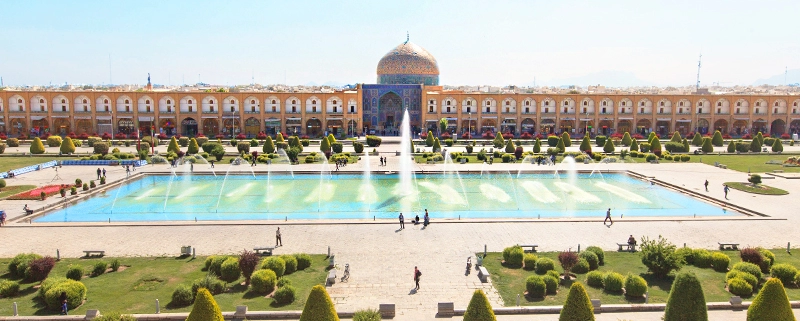
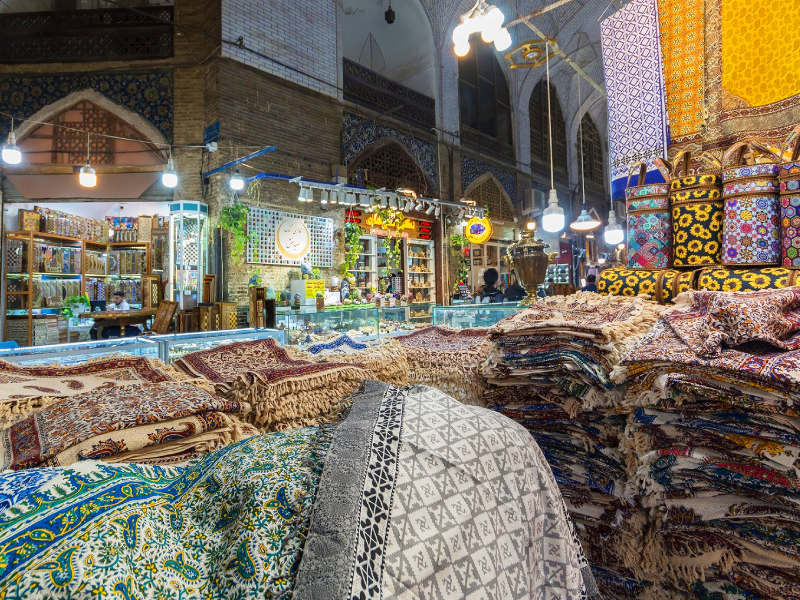
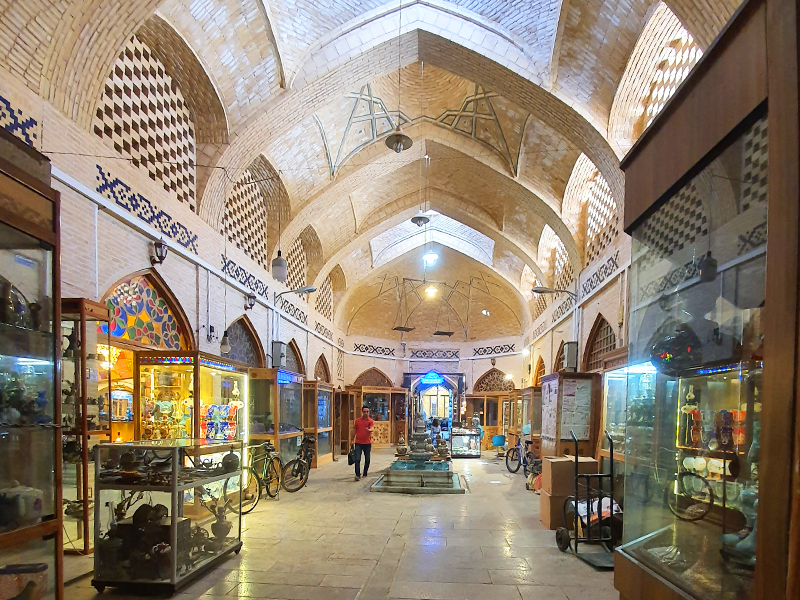
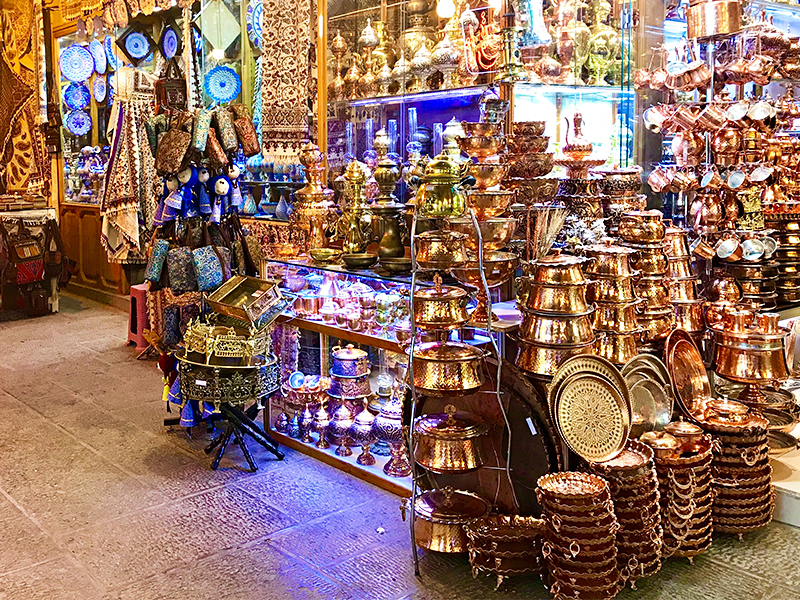
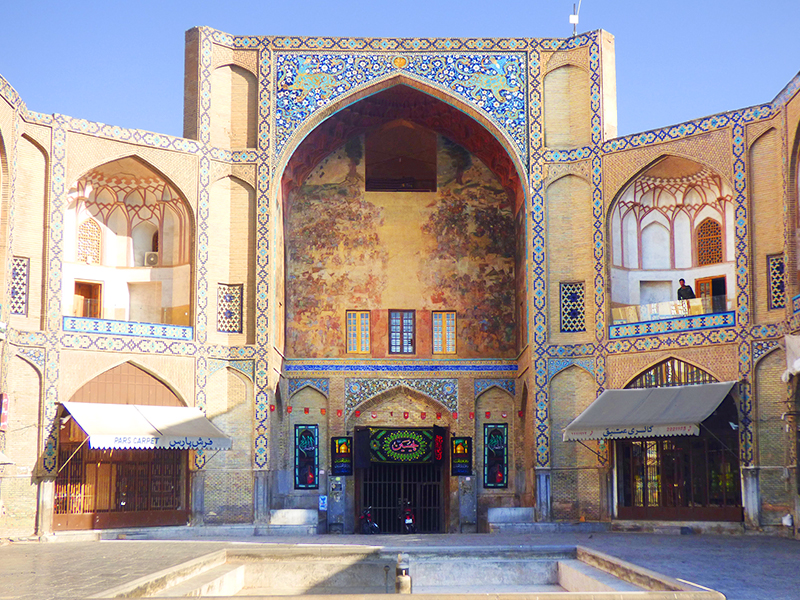




Leave a Reply
Want to join the discussion?Feel free to contribute!